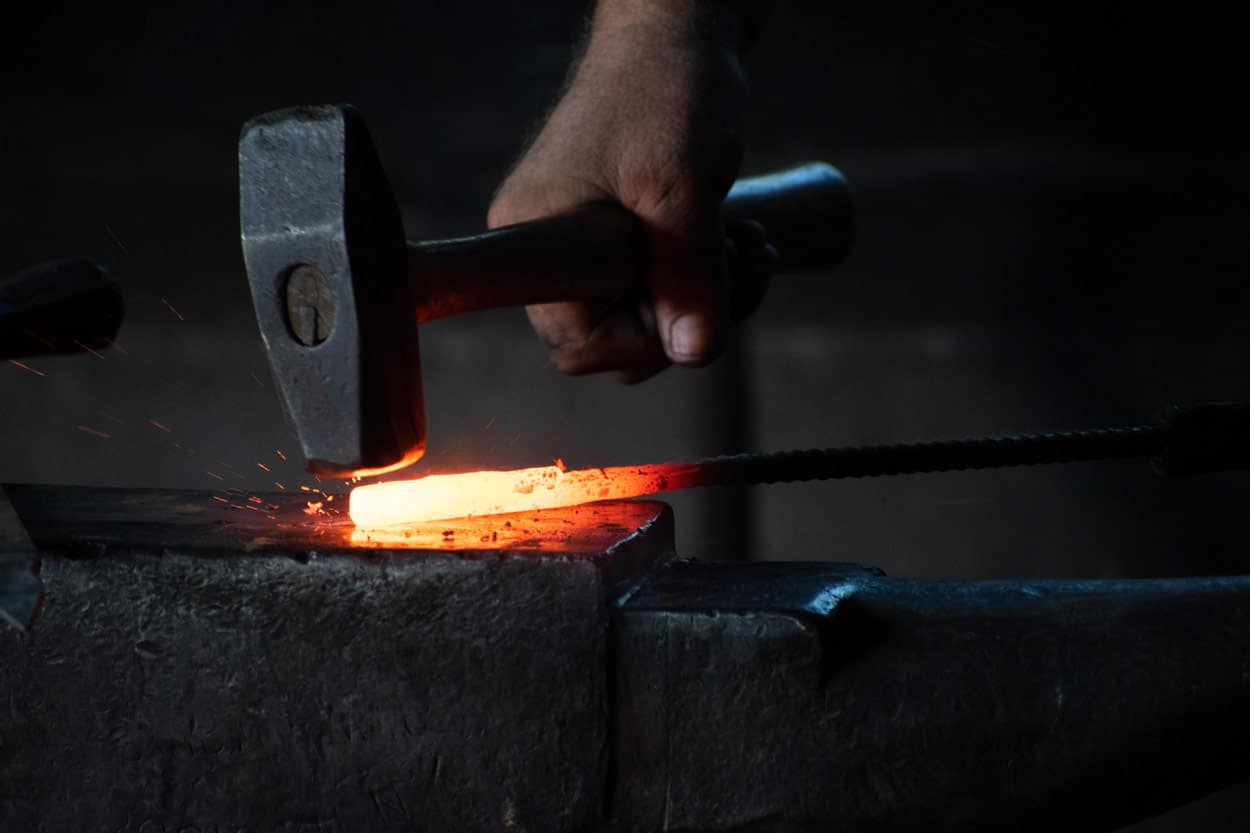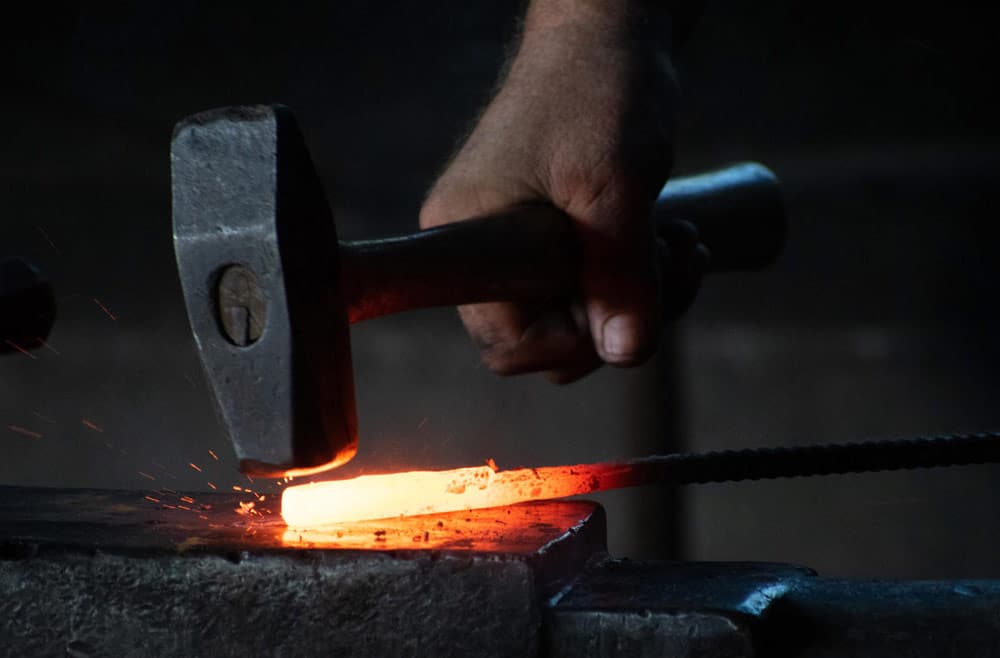 Andrea Ruotolo, Ph.D., is Global Head of Distributed Energy for Worley, the world’s largest engineering services firm in the energy sector, where she leads intrapreneurial teams in scaling new technology solutions and entering new markets, and identifies high-value strategic investment opportunities. As part of our ongoing series, she shares insights on Antifragile systems and how it relates to our personal and professional lives as well as the power industry.
Andrea Ruotolo, Ph.D., is Global Head of Distributed Energy for Worley, the world’s largest engineering services firm in the energy sector, where she leads intrapreneurial teams in scaling new technology solutions and entering new markets, and identifies high-value strategic investment opportunities. As part of our ongoing series, she shares insights on Antifragile systems and how it relates to our personal and professional lives as well as the power industry.
by Andrea Ruotolo, Ph.D.
Antifragile Systems Foundations
Systems and relationships can make or break the individuals that live within them, and this applies to systems from the level of our entire global society down to the level of families. The first deeper insights about this reality–the power of systems–came to me during my undergraduate studies in Aeronautical & Aerospace Engineering in my home city of La Plata, Argentina. Those insights, and the surrounding experiences, have helped shape my personal calling to make a contribution to the world by designing and developing antifragile systems.
One of those core insights came from melting, casting, and breaking pieces of metal. Airplane bodies include a lot of aluminum, and part of knowing how to build and fly them safely includes understanding material robustness, flexibility, and breaking points. What amazed me about casting and breaking aluminum bars in a hydraulic press was how the conditions under which a material is formed changes everything.
The same base material heated and cooled one way will bend and stay bent; treated another way, will bend and spring back; and treated a third way, will bend and snap or even shatter into many pieces. What I realized is that we are all material at some level, and we are all subjected to different conditions in our development. Later in life, some of us feel fragile (easily damaged), some robust (unyielding), some resilient (bounce back quickly to our starting state after undergoing stress), and some antifragile (improve under stress).
For humans as for metals, the conditions we are under have an influence on constantly changing our internal structures. With the right design choices in the systems we build, we can create conditions that improve the antifragility of individual people and the system as a whole. This is because even antifragile systems, systems that improve under stress, do not improve infinitely as stress increases. Instead, they reach a breaking point.

For example, muscles get small breaks when lifting weights and repair themselves to become stronger. Muscles are antifragile, which is why working out works. But attempting to lift a 2,000 pound barbell off your chest will not make you 20 times stronger than bench pressing 100 pounds. The range where stress is enough to promote growth but not so much it causes permanent damage can be considered the antifragile zone. We don’t want to go beyond that zone, as individuals or society.
Becoming An Antifragile Leader
Studying engineering in Argentina tempered the material that is me today in more ways than one. Insights came from my work at the lab bench, and from the fact that I was the only female student in my course of study, in Latin America, in a cognitive-heavy field. Similar to a very light-weight martial artist, I had to learn to operate effectively with the advantages that are inherent in my nature, in a space dominated by a different status quo.
I am a people person, in the sense that I am always tuned into the energy in the room, the emotional state of the people I am interacting with. Tuning to emotions is not what engineers are best known for. How does the empathetic, or “affiliative” leadership style work in engineering? Rather than suppress my empathy, I leveraged it to form stronger bonds among my study teams and bring alive a new dynamic that produced outstanding results–not in spite of my differences but because of them, and not as an individualist but as my cohort’s lynchpin collaborator. I didn’t know it at the time, but I had begun my life’s work of building antifragile systems.
As Jacinda Ardern, Prime Minister of New Zealand, put it very well: “One of the criticisms I’ve faced over the years is that I’m not aggressive enough or assertive enough, or maybe somehow, because I’m empathetic, I’m weak. I totally rebel against that. I refuse to believe that you cannot be both compassionate and strong.” In fact, I believe compassion is central to becoming antifragile, and building antifragile teams.
How Do These Concepts Apply To Distributed Energy Systems (DES)?
Aside from leading intrapreneurial teams and identifying strategic investments, my work is focused on keeping the power on, reducing costs, and reducing carbon emissions by improving energy infrastructure. The way the teams I work with do this is by designing and building Distributed Energy Systems (DES), such as microgrids and other onsite energy systems. The most important reason we build DES is to make sure critical systems have the electricity they need to keep working. As the major outages in recent news have shown–from Hurricanes Sandy, Maria, Irma, Harvey and others, to wildfires in California, Australia, etc.–the legacy grid of last century is unacceptably fragile. We need to adapt to new climate conditions fast, and DES are one of the key technologies that can do this, and keep us safe in the century ahead.
A federal study of the US power grid’s weaknesses and opportunities for improvement showed that 90% of power outages in the US are happening because of failures of the distribution grid (not at the level of power plants). DES, which put power supplies at the point of end use, are the only way to ensure that power stays on in the event of widespread grid outages. There are a lot of technical details I’m not going into here, the sort of things engineers ARE known for talking about, and those details definitely matter. Still, for me, the most important part of this work is the “Why?” behind reliable, resilient power.
 When it comes to antifragile systems and the built environment, we must always keep our focus on the fact that we are doing all this for people. There is no point in material growth if it does not improve quality of life. And some material growth can harm quality of life. We need to be careful about the things we think we need, or it’s possible to miss the point and end up with more things and less happiness. Do we really need resilient power systems? I would argue that we do. Because without them, when extreme events cause the system to fail, situations can arise where stress levels increase beyond the breaking point. There is risk that people will be pushed beyond the antifragile zone where the stress brings out the best in us, and into the zone of permanent damage and full collapse. DES can help ensure we stay in the antifragile zone.
When it comes to antifragile systems and the built environment, we must always keep our focus on the fact that we are doing all this for people. There is no point in material growth if it does not improve quality of life. And some material growth can harm quality of life. We need to be careful about the things we think we need, or it’s possible to miss the point and end up with more things and less happiness. Do we really need resilient power systems? I would argue that we do. Because without them, when extreme events cause the system to fail, situations can arise where stress levels increase beyond the breaking point. There is risk that people will be pushed beyond the antifragile zone where the stress brings out the best in us, and into the zone of permanent damage and full collapse. DES can help ensure we stay in the antifragile zone.
The same principles apply at every level of the system. Humans and the systems we build form a single higher-level system, with humans at the center going through life’s stresses, evolving, and evolving the built environment along with us. To support antifragile humans, we need to create an antifragile system of smarter infrastructure and the people that live within it; and to design such systems, we must create antifragile teams that help all their members to come fully alive. That is what I do today.
Do you want to start a conversation about this? Let’s connect on Linkedin and collaborate in building our antifragile future!
Photo credits: (Andrea Ruotolo, PhD.) (Hannah Gibbs / Unsplash) (Virgil Cayasa / Unsplash)
NOTE, all statements and opinions expressed in this article are solely those of the author and do not represent in any way the position or opinion of Worley or any other employee or affiliate of Worley.
